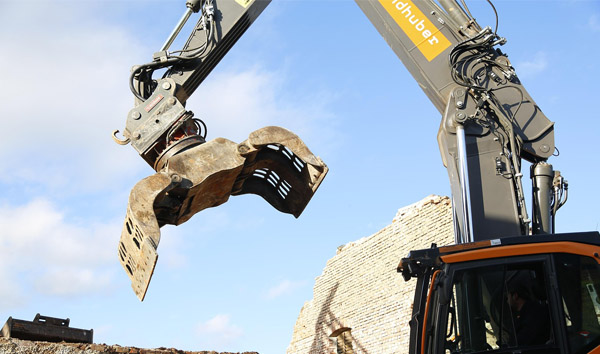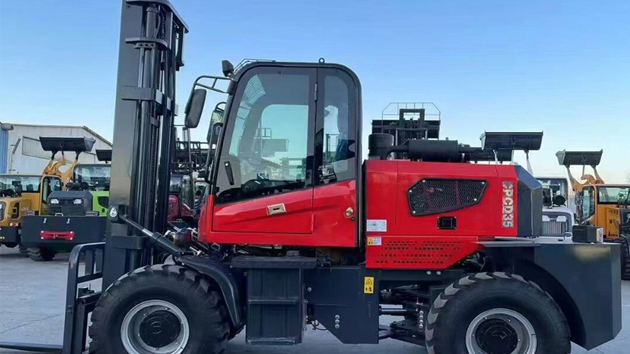Revolutionizing Heavy Load Handling: The Power of Port Rough Terrain Forklifts
2025-07-06 05:10:28
Port Rough Terrain Forklifts are engineered to tackle the most challenging environments, from uneven docks to muddy construction sites. These robust machines combine advanced hydraulic systems, durable tires, and high-torque engines to ensure stability and efficiency in demanding port operations. This report explores their key features, industry applications, and technological advancements shaping the future of heavy material handling.
Introduction to Port Rough Terrain Forklifts Port rough terrain forklifts are specialized industrial vehicles designed for heavy lifting in harsh outdoor environments. Unlike standard forklifts, these machines feature reinforced chassis, large pneumatic tires, and enhanced suspension systems to navigate uneven surfaces commonly found in ports and construction sites. Their ability to handle loads exceeding 10,000 lbs makes them indispensable for shipping yards, where efficiency and reliability are critical.
Key Features and Engineering Innovations The durability of port rough terrain forklifts stems from their rugged construction. High-performance diesel engines provide the necessary torque for steep inclines, while all-wheel-drive systems ensure traction on loose gravel or wet surfaces. Additionally, advanced hydraulic lifting mechanisms enable precise load control, minimizing spillage risks. Industry data indicates a 20% increase in productivity when using these forklifts compared to conventional models in port operations.
Applications in Port and Logistics Operations Port rough terrain forklifts play a pivotal role in container handling, bulk material transport, and shipyard logistics. Their ability to maneuver through tight spaces while carrying oversized loads reduces downtime and labor costs. Major ports in Rotterdam and Singapore have reported a 15% reduction in loading times after integrating these forklifts into their fleets. Furthermore, their adaptability extends to disaster recovery scenarios, where debris clearance requires robust machinery.
Technological Advancements and Automation Trends Recent innovations in port rough terrain forklifts include telematics integration for real-time performance monitoring and predictive maintenance. Autonomous variants, equipped with LiDAR and AI-driven navigation, are being tested in pilot programs to enhance safety in high-traffic port zones. According to industry forecasts, the global market for these forklifts is projected to grow at a CAGR of 6.8% by 2030, driven by rising demand for automated port solutions.
Future Outlook and Industry Challenges While port rough terrain forklifts offer unmatched versatility, challenges such as high fuel consumption and emissions persist. Manufacturers are investing in hybrid and electric models to comply with stricter environmental regulations. Additionally, operator training remains crucial to maximize efficiency and minimize accidents. As ports worldwide modernize, these forklifts will continue to evolve, integrating smarter technologies to meet the demands of next-generation logistics.













